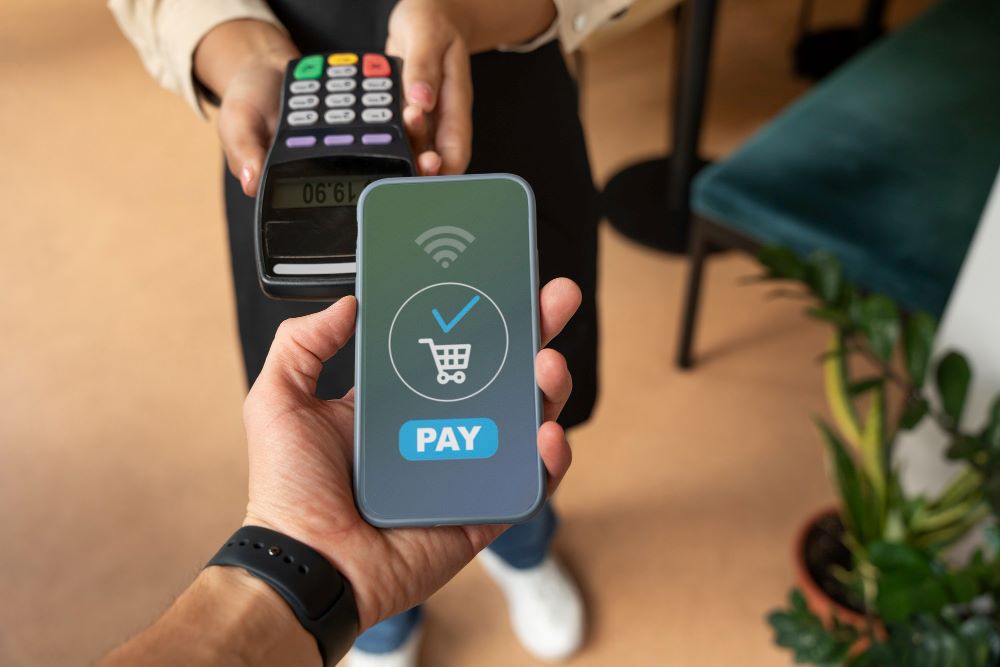Introduction
In recent years, the landscape of financial transactions has been transformed by the advent of digital payment platforms. Among these, UPI (Unified Payments Interface) has emerged as a game-changer in India, revolutionizing the way people transfer money, pay bills, and make purchases. With the convenience and efficiency it offers, UPI payment app development has witnessed a surge, but it’s not devoid of challenges, particularly in ensuring robust security measures. This article delves into the security challenges faced by developers in UPI payment app development and explores viable solutions to mitigate these risks effectively.
Understanding UPI Payment App Development
UPI, launched by the National Payments Corporation of India (NPCI), enables users to link multiple bank accounts to a single mobile application, facilitating seamless fund transfers in real-time. UPI works on a “peer-to-peer” model, allowing users to send and receive money instantly using a unique UPI ID or scanning QR codes. Its popularity stems from its user-friendly interface, interoperability across different banks, and swift transaction processing, making it a preferred choice for millions of users in India.
Security Challenges in UPI Payment App Development
Despite its numerous advantages, UPI payment app development faces several security challenges that developers must address to ensure the safety and trust of users.
- Data Privacy and Protection: One of the foremost concerns in UPI payment app development is safeguarding user data. Since these apps deal with sensitive financial information, any compromise in data privacy could lead to severe consequences, including financial loss and identity theft. Developers need to implement robust encryption techniques to secure data both in transit and at rest, ensuring that unauthorized access is prevented at all times.
- Phishing Attacks: Phishing attacks remain a prevalent threat in the digital payment ecosystem. Cybercriminals often deploy sophisticated tactics to trick users into revealing their login credentials or sensitive information. UPI payment app developers must educate users about phishing risks and implement multi-factor authentication mechanisms to enhance security. Additionally, incorporating visual cues, such as logos or security badges, can help users identify legitimate apps and distinguish them from fraudulent ones.
- Transaction Security: Ensuring the security of transactions is paramount in UPI payment app development. Developers must implement stringent authentication protocols, such as OTP (One-Time Password) verification and biometric authentication, to validate transactions and prevent unauthorized access. Moreover, leveraging advanced fraud detection algorithms and machine learning algorithms can help identify suspicious activities and flag them for further scrutiny.
- Device Security: The proliferation of mobile devices has expanded the attack surface for cyber threats. UPI payment app developers need to prioritize device security by enforcing secure coding practices and regularly updating their applications to patch vulnerabilities. Moreover, incorporating device fingerprinting technology can add an extra layer of security by authenticating users based on unique device identifiers.
- Regulatory Compliance: Compliance with regulatory standards, such as the Payment Card Industry Data Security Standard (PCI DSS) and the Reserve Bank of India (RBI) guidelines, is crucial for UPI payment app developers. Failure to adhere to these regulations can result in hefty fines and reputational damage. Developers must stay abreast of evolving regulatory requirements and implement necessary controls to ensure compliance throughout the app development lifecycle.
Solutions to Enhance Security in UPI Payment App Development
Addressing the aforementioned security challenges requires a proactive approach and the adoption of robust security measures. Here are some solutions to enhance security in UPI payment app development:
- End-to-End Encryption: Implementing end-to-end encryption ensures that sensitive data is securely transmitted between the user’s device and the payment server, preventing unauthorized interception or tampering.
- Biometric Authentication: Leveraging biometric authentication, such as fingerprint or facial recognition, adds an additional layer of security by authenticating users based on their unique physiological characteristics.
- Tokenization: Adopting tokenization technology replaces sensitive data, such as credit card numbers or UPI IDs, with unique tokens, reducing the risk of data exposure in the event of a security breach.
- Continuous Security Testing: Conducting regular security assessments and penetration testing helps identify vulnerabilities in the UPI payment app and address them proactively before they can be exploited by malicious actors.
- User Education and Awareness: Educating users about best practices for secure usage of UPI payment apps, such as avoiding sharing OTPs or UPI PINs with anyone, can significantly mitigate the risk of fraud and unauthorized transactions.
- Collaboration with Financial Institutions: Collaborating with banks and financial institutions to implement additional security measures, such as transaction monitoring and fraud detection systems, can enhance the overall security posture of UPI payment apps.
Conclusion
UPI payment app development has revolutionized digital payments in India, offering unprecedented convenience and accessibility to users. However, ensuring the security and integrity of these platforms remains a paramount concern for developers and stakeholders. By understanding the prevalent security challenges and adopting robust solutions, developers can build UPI payment apps that inspire trust and confidence among users, driving further adoption and growth in the digital payments ecosystem. As technology continues to evolve, staying vigilant and proactive in addressing emerging threats will be key to maintaining the security of UPI payment apps and safeguarding the interests of users and businesses alike.



